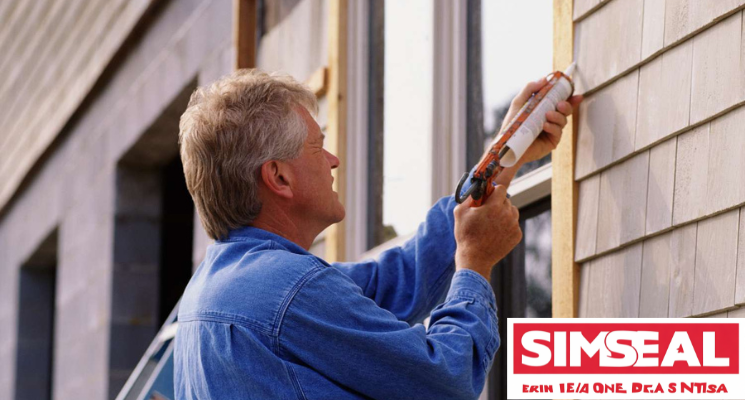Weatherproofing Your Home: The Best Sealants for Exterior Use
Keeping your home protected from the elements is crucial for maintaining its integrity and comfort. One of the most effective ways to weatherproof your home is by using the right sealants. In this guide, we’ll explore the best sealants for exterior use, their benefits, and how to apply them to ensure your home remains safe and secure from weather-related damage.
Why Weatherproofing Your Home is Important
Weatherproofing your home involves taking steps to prevent water, air, and other elements from entering your home. Proper weatherproofing can:
- Prevent water damage
- Reduce energy costs by improving insulation
- Extend the life of your home’s exterior
- Enhance indoor comfort
One of the simplest yet most effective methods of weatherproofing is applying high-quality sealants to exterior surfaces.
Types of Sealants for Exterior Use
Choosing the right sealant depends on the specific needs of your home. Here are some of the best sealants for exterior use:
Silicone Sealants
Silicone sealants are highly flexible and durable, making them ideal for areas prone to movement, such as around windows and doors. They are also waterproof and resistant to extreme temperatures and UV rays. However, they can be a bit challenging to paint over.
Polyurethane Sealants
Polyurethane sealants offer excellent adhesion and are perfect for sealing joints in concrete, masonry, and metal. They are known for their durability and resistance to abrasion and chemicals. Polyurethane sealants are also paintable, which makes them a versatile option for various surfaces.
Acrylic Sealants
Acrylic sealants are easy to apply and clean up with water. They are paintable and work well on surfaces like wood, brick, and stone. However, they may not be as flexible or durable as silicone or polyurethane sealants, making them better suited for areas with minimal movement.
Butyl Rubber Sealants
Butyl rubber sealants are highly adhesive and provide excellent waterproofing. They are commonly used for sealing gutters, roofing, and other areas exposed to heavy water flow. While they offer great flexibility, they can be a bit messy to work with and require careful application.
Tips for Applying Exterior Sealants
Applying sealants properly is crucial for effective weatherproofing. Here are some tips to ensure a successful application:
Clean the Surface
Before applying any sealant, make sure the surface is clean and dry. Remove any dirt, dust, and old sealant to ensure proper adhesion.
Use the Right Tools
A caulking gun is essential for applying sealants evenly. For larger projects, consider using a pneumatic caulking gun for easier and more consistent application.
Apply in Appropriate Conditions
Sealants should be applied in dry weather with moderate temperatures. Extreme cold or heat can affect the sealant’s ability to adhere properly.
Follow Manufacturer Instructions
Each sealant comes with specific instructions regarding application and curing times. Follow these guidelines closely to ensure the best results.
Smooth the Sealant
After applying the sealant, use a caulking tool or a wet finger to smooth it out. This helps to ensure a tight seal and a neat finish.
Maintaining Your Exterior Sealants
Regular maintenance is key to ensuring the longevity of your sealant applications. Check your exterior sealants annually and reapply as needed, especially in areas exposed to heavy weather conditions.
Conclusion
Weatherproofing your home with the best sealants for exterior use is an investment that pays off in the long run. By choosing the right sealant and applying it correctly, you can protect your home from the elements, reduce energy costs, and extend the life of your exterior surfaces. Whether you opt for silicone, polyurethane, acrylic, or butyl rubber sealants, proper application and maintenance are essential for keeping your home safe and secure.


Recent Comments